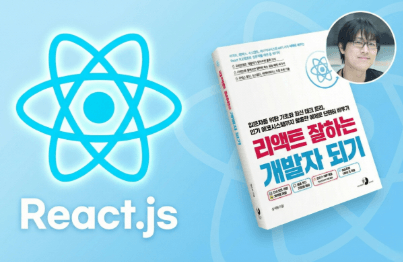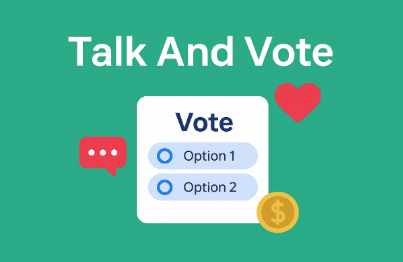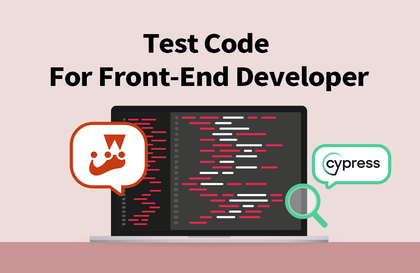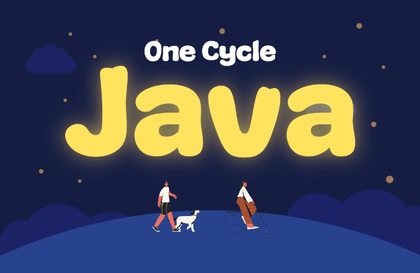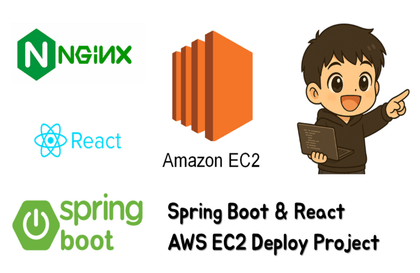
Implementing Secure JWT Login with Spring Boot and React
oncoding
This course is a practical-focused learning program for JWT-based token authentication and security enhancement techniques that are essential in modern web service environments. Using Spring Boot 3, Spring Security 6, and React, you'll implement secure login systems and cover comprehensive security practices including XSS·CSRF countermeasures, HTTPS implementation, token reissuance and revocation strategies, and secure secret key management. Additionally, you'll practice real service-level environment configuration through AWS build·deployment and performance optimization using Redis, and the complete project source code provided in the course can be directly applied to real-world work.
중급이상
React, Java, AWS





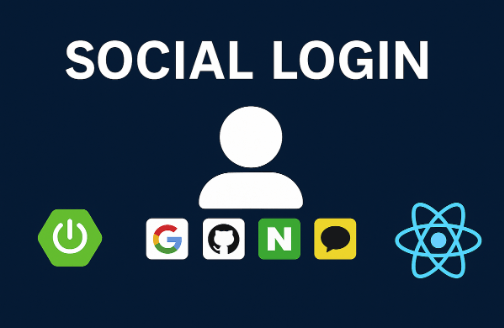
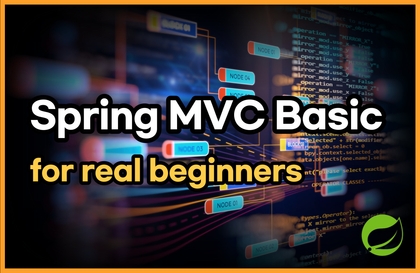

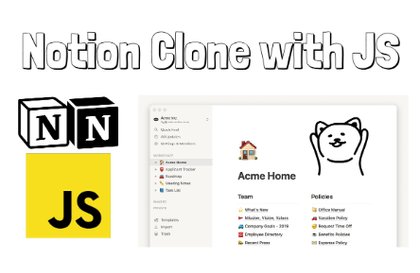
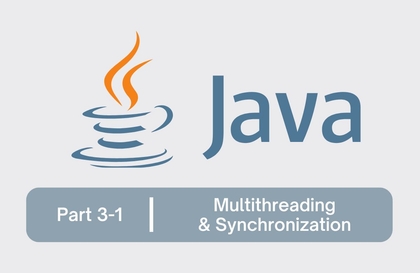
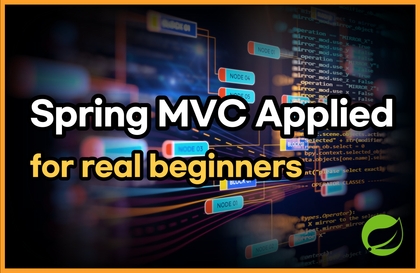
![Learn by Following Along Node, React Series - Building a Shopping Mall Site [Complete Renewal]강의 썸네일](https://cdn.inflearn.com/public/courses/325240/course_cover/d5d7e9a9-2d6f-4a81-84da-5e9cde3f39a4/nodereactecommerce-eng.png?w=420)
